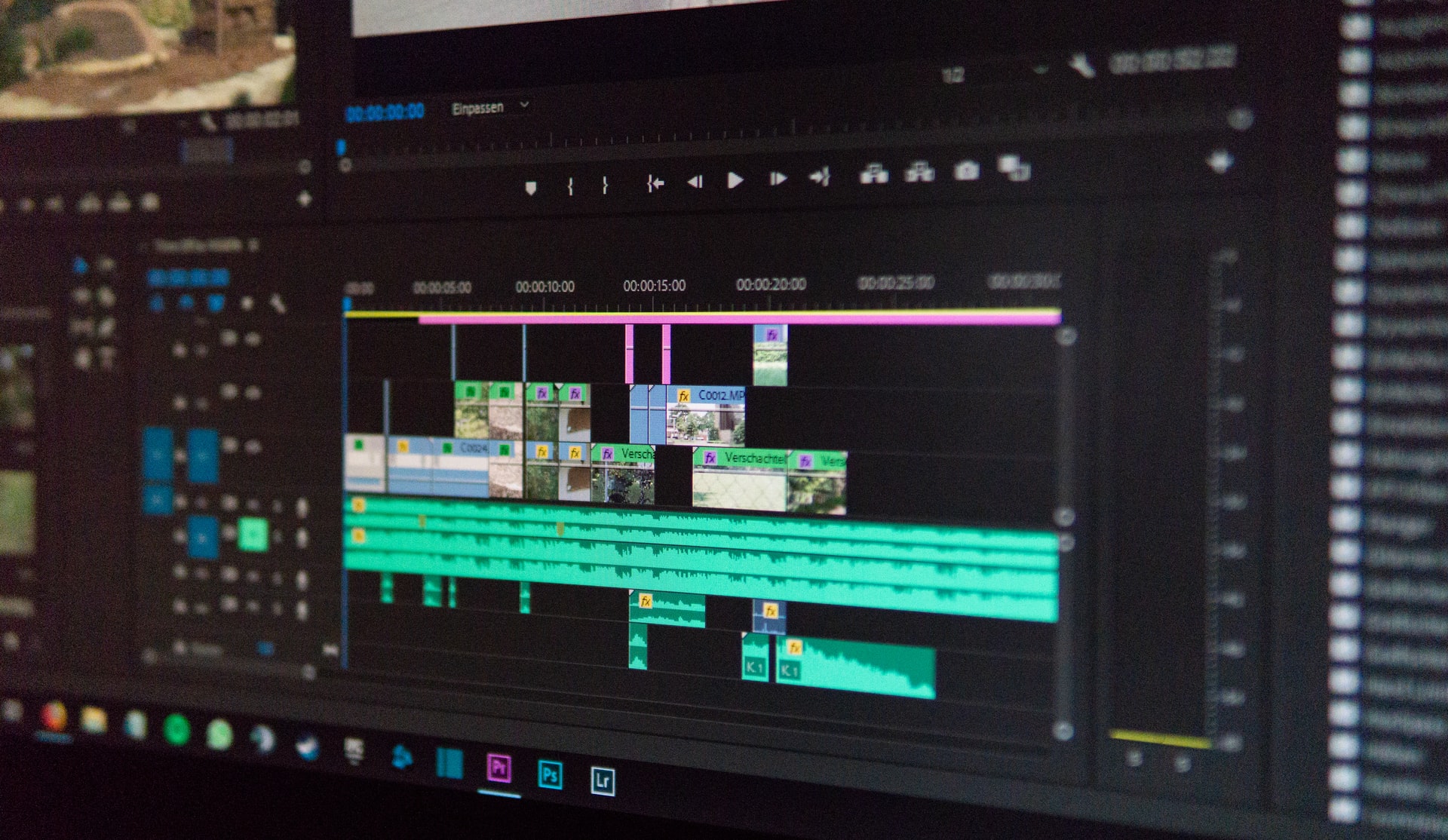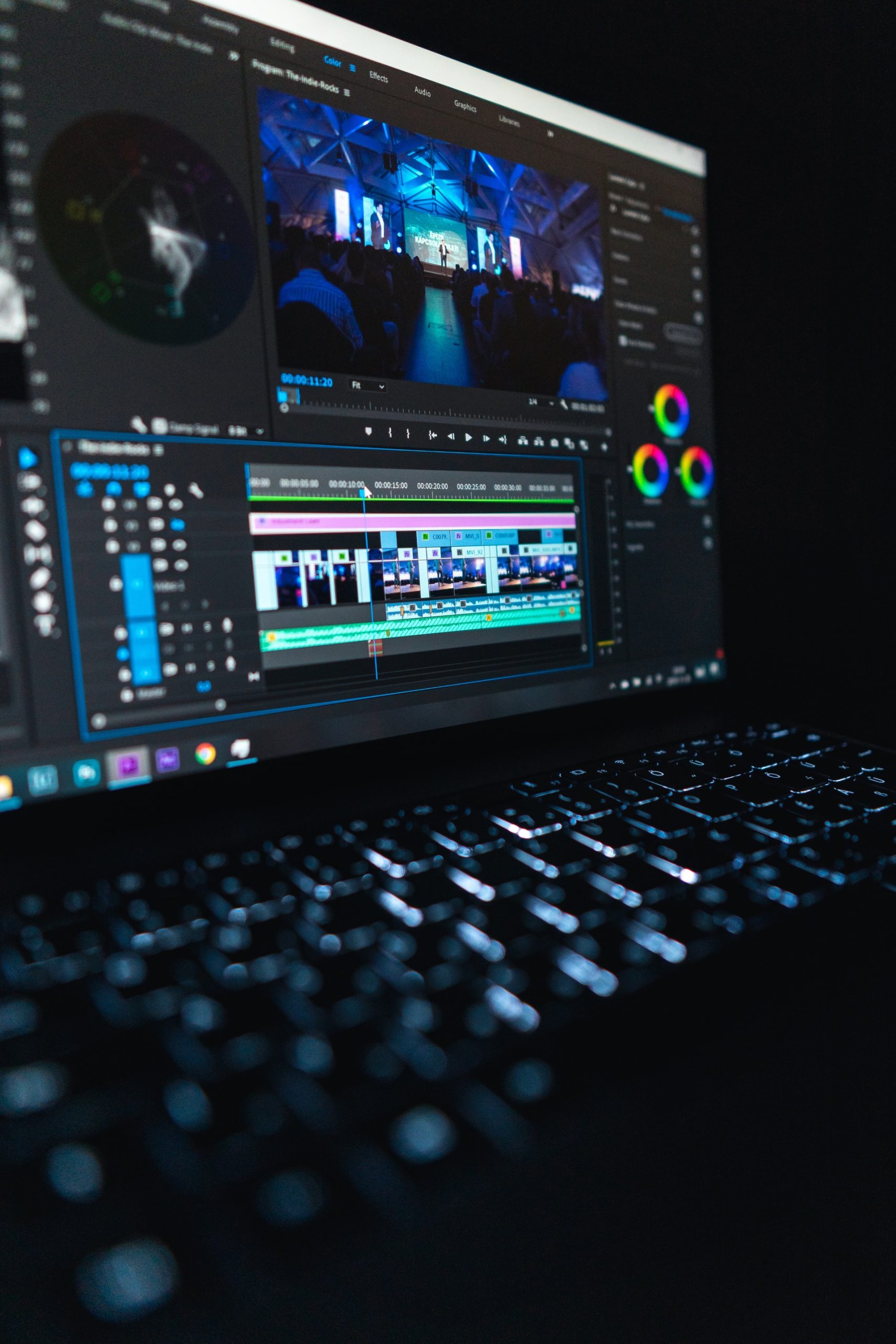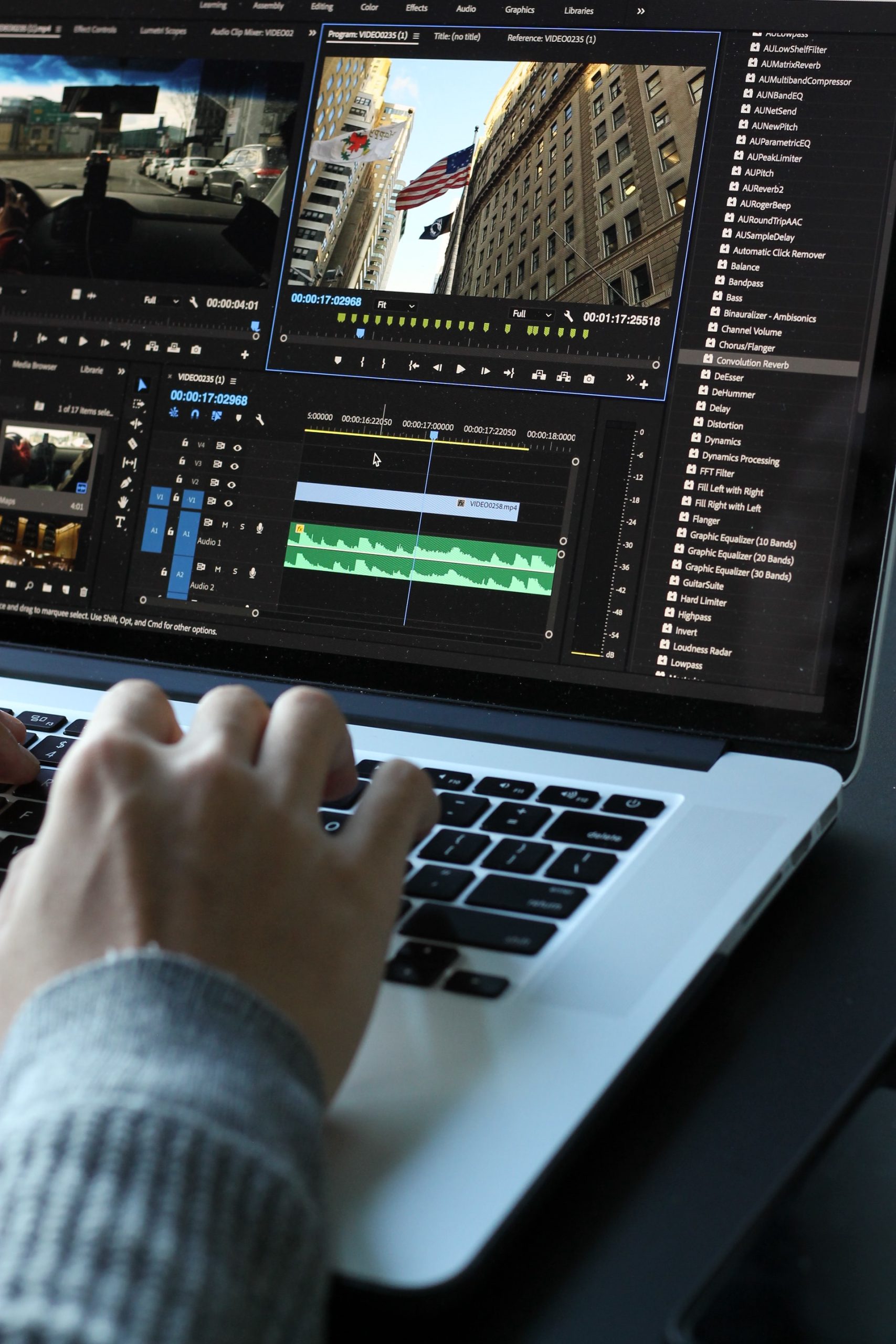There are a few different types of live captioning services that businesses can use. In this article, we will discuss what live captioning is and what types are there. We’ll also explain why it’s important and who can benefit from it.
What Is Live Captioning?
Live captioning is the real-time transcription of spoken dialogue and other sounds into written text. It is a form of communication access that is used by deaf and hard-of-hearing people to follow along with living conversations.

Live captioning can be provided by human stenographers or by speech-to-text software. In recent years, live captioning has become increasingly accessible due to advances in speech-recognition technology.
Today, there are several mobile apps that can provide live captioning services, making it possible for more people to participate in live conversations. Given the many benefits of live captioning, it is likely that this technology will continue to gain popularity in the years to come.
What Types of Live Captioning Are There?
There are several types of live captioning, each with its own set of benefits and drawbacks. One popular option is voice recognition software, which uses artificial intelligence to transcribe spoken words in real-time.
This type of captioning is generally quite accurate, but it can be thrown off by background noise or thick accents. Another option is human captioning, which is performed by a trained stenographer who types out what is being said verbatim.

This option is more expensive than voice recognition software, but it provides a higher level of accuracy. Finally, there is the option of pre-recorded captions, which are created in advance and played back during the event. This option is the most affordable, but it can be disruptive if the pre-recorded captions do not match up perfectly with the event itself.
Live Captioning Services Types
While most people are familiar with closed captioning for television and movies, live captioning is a less well-known but equally important service. There are several different types of live captioning services available, each with its own advantages.
One type of live captioning is speech-to-text transcription, in which a trained operator types out everything that is being said into a computer system. This system then displays the text on a screen, making it possible for deaf or hard-of-hearing individuals to follow along in real-time.

Another type of live captioning is CART or computer-assisted real-time transcription. This system uses special software to convert spoken words into text, which is then displayed on a screen or monitor. CART systems can be used by one individual or by a group of people, making them ideal for large events.
Finally, there is also the option of using sign language interpreters during live events. This type of live captioning is beneficial not only for deaf and hard-of-hearing individuals but also for those who do not know sign language.
Live captioning services are becoming more and more popular as investors pour in lots of money and companies in the field raise large sums of money.
Why Is Live Captioning Important?
Live captioning is important for a number of reasons. First, it helps to ensure that everyone can access and understand the information that is being presented. This is especially important in educational or professional settings, where the material being discussed may be complex or technical.
Second, live captioning can be helpful for people who are deaf or hard of hearing. By providing a written record of what is being said, live captioning can help to level the playing field and ensure that everyone can participate fully in the conversation.

Finally, live captioning can also be useful in noisy or crowded environments, where it may be difficult to hear what is being said. In these situations, having a written record of the conversation can be a lifesaver.
Ultimately, there are many good reasons to use live captioning services. By providing an accessible and inclusive way to communicate, live captioning can help to make the world a more inclusive and understanding place.
Who Would Benefit from Real-time Captioning?
In our increasingly digital world, real-time captioning is becoming an essential tool for communication. It provides a way for people who are deaf or hard of hearing to follow along with what is being said in real-time, whether they are attending a live event or watching a webinar.

It can also be helpful for people with different language skills, as it can provide written translations of what is being said. In addition, real-time captioning can be useful for people who are trying to avoid distractions, such as when they are working in an open office environment.
By providing a written record of what is being said, real-time captioning can help people to focus on the task at hand and improve their productivity.
Related posts
New Articles
What is the difference between FMWhatsApp and GBWhatsApp?
In the world of messaging apps, WhatsApp reigns supreme as one of the most popular platforms for connecting with friends…


